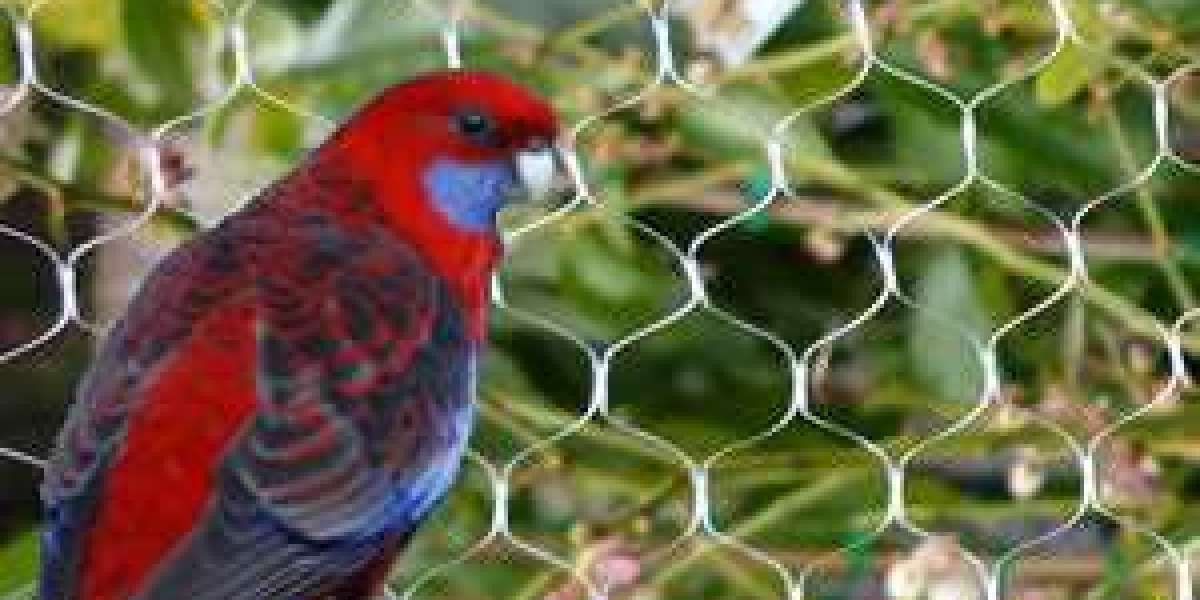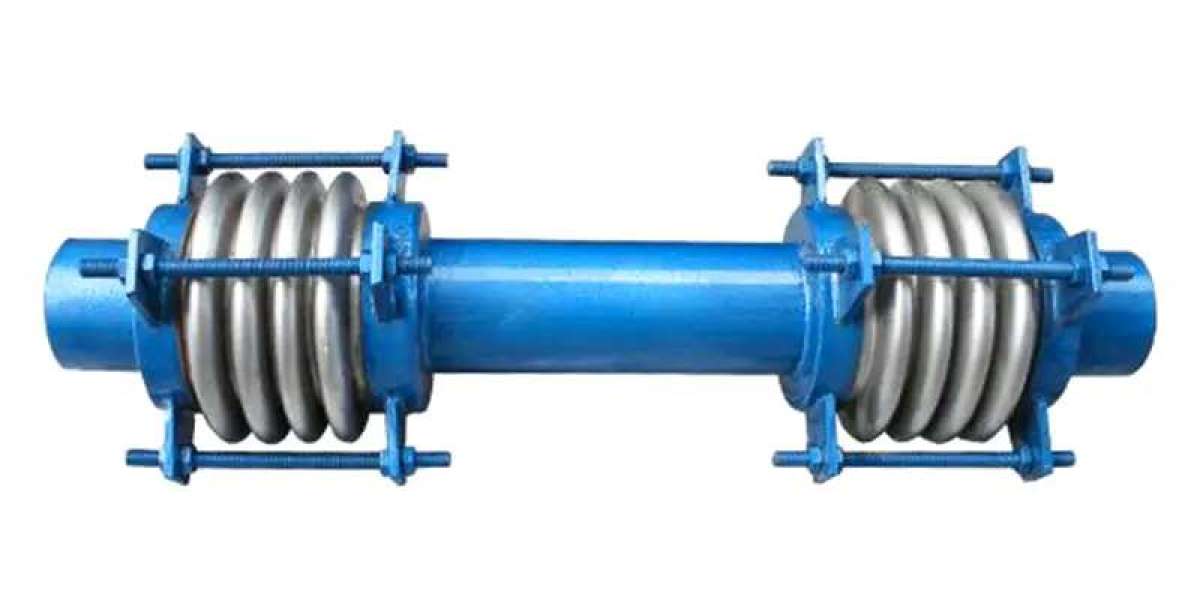In the intricate dance between human development and wildlife conservation, anti-bird net manufacturers play a pivotal role. Their products, designed to prevent birds from accessing certain areas, safeguard architectural integrity, agricultural productivity, and biodiversity. As urban expansion continues and agricultural needs escalate, the demand for effective bird control solutions like anti-bird nets has increased significantly. This comprehensive examination will delve into the world of anti-bird net manufacturing, exploring the technology, environmental impacts, and future innovations that characterize this vital industry.
Understanding Anti-Bird Nets
Anti-bird nets are specialized barriers made from synthetic fibers such as polyethylene or nylon, crafted to prevent birds from entering specific areas where they might cause damage or create health risks. These nets are meticulously designed to balance durability and functionality without causing harm to birds. They are commonly used in various settings including vineyards, orchards, fish ponds, airports, and buildings, where the presence of birds can lead to significant economic losses or health-related issues.
The Role of Manufacturers in Urban and Agricultural Protection
Agricultural Applications: For farmers, birds can be a significant pest, often leading to substantial crop damage and associated financial losses. Grapes, berries, and other fruits are highly susceptible to bird predation. Anti-bird nets provide an effective solution to this problem, enabling farmers to cover their crops to prevent birds from accessing the fruits. This method is not only humane but also environmentally friendly compared to chemical repellents or lethal control methods.
Urban Settings: In urban areas, birds can cause a variety of issues, from blocking drainage systems with their nests to defacing historic monuments with droppings that have corrosive properties. Anti-bird nets are used to protect buildings, particularly in historic city centers and in airport settings where bird strikes can be hazardous to flights. The nets are engineered to blend with the building façade, maintaining aesthetic qualities while providing functionality.
Technological Advancements in Manufacturing
Manufacturers of anti-bird nets are at the forefront of significant technological innovations aimed at improving the efficacy and sustainability of their products. Key advancements include:
Material Innovation: Modern anti-bird nets are made from UV-stabilized polyethylene or other polymers that offer enhanced durability and resistance to weather conditions. This ensures that the nets can withstand prolonged exposure to various environmental elements without losing integrity or causing harm to birds.
Customizability: Anti-bird netting comes in various mesh sizes, colors, and strengths, which can be customized based on specific requirements. This adaptability makes them suitable for a wide range of applications, from small urban gardens to large agricultural fields.
Integration of Technology: Some advanced netting solutions incorporate motion sensors or mild deterrents that can alert property owners to the presence of birds within protected zones or modify the behavior of birds trying to access the area, thus enhancing the effectiveness of the nets.
Environmental Impact and Ethical Considerations
The design and application of anti-bird nets carry significant environmental and ethical considerations. Manufacturers are constantly challenged to produce solutions that are effective yet pose no threat to wildlife. Ethical manufacturing practices involve ensuring that the nets prevent birds from entering an area without causing injury or death.
Wildlife Conservation: Properly installed anti-bird nets create a barrier without trapping or harming birds, which is crucial for maintaining local biodiversity. Manufacturers must adhere to guidelines that promote the safety of both wildlife and the environment.
Recycling and Sustainability: The environmental impact of synthetic materials used in net manufacturing is a concern. Leading manufacturers are exploring the use of recycled materials and developing recycling programs for old nets to minimize waste and reduce the carbon footprint of their products.
Challenges and Solutions
Despite their benefits, the use of anti-bird nets comes with challenges that manufacturers need to address:
Visual Impact: In some public and residential areas, there is resistance to using nets due to their potential impact on visual aesthetics. Manufacturers have responded by producing nets that are less visible and blend more seamlessly into their surroundings.
Maintenance and Durability: Ensuring that nets remain effective over time without requiring frequent replacement is critical. Manufacturers invest in research and development to enhance the UV resistance and physical durability of the nets to extend their usable life.
Regulatory Compliance: Compliance with local wildlife protection laws is essential. Manufacturers must navigate a complex landscape of regulations to ensure their nets are compliant without compromising on functionality or safety.
The Future of Anti-Bird Net Manufacturing
Looking forward, the anti-bird net manufacturing sector is set for further innovation. Potential future developments could include the incorporation of biodegradable materials to reduce environmental impact and the use of integrated technology to monitor the condition and effectiveness of the nets in real time. Additionally, as global awareness of biodiversity issues grows, more advanced and wildlife-friendly netting solutions are likely to emerge.
Manufacturers who anticipate and respond to these trends not only contribute to their commercial success but also play a critical role in the broader context of environmental stewardship and sustainable development.
Conclusion
Anti-bird net manufacturers are essential players in the ongoing effort to balance human needs with environmental conservation. Through technological innovation, responsible manufacturing, and a commitment to sustainability, they provide solutions that protect agricultural interests and urban infrastructure while respecting the natural world. As the industry evolves, these manufacturers will continue to refine their products, ensuring they meet the needs of a changing world without compromising the health of the planet’s ecosystems.







